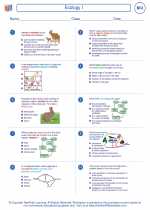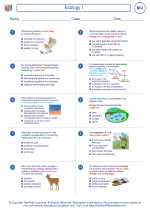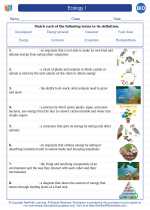Pantothenic Acid
Pantothenic acid is a water-soluble vitamin that is essential for the synthesis and metabolism of carbohydrates, proteins, and fats. It is also known as vitamin B5 and is part of the B-complex group of vitamins. Pantothenic acid is found in a wide variety of foods, so deficiencies are rare in humans. However, it is still important to understand its role in the body and its sources.
Functions of Pantothenic Acid
- Pantothenic acid is a component of coenzyme A, which is involved in numerous metabolic processes, including the synthesis of fatty acids, cholesterol, and steroid hormones.
- It also plays a role in energy production through its involvement in the citric acid cycle, where it helps convert carbohydrates, fats, and proteins into ATP, the body's main energy currency.
- Pantothenic acid is essential for the synthesis of acetylcholine, a neurotransmitter involved in muscle contraction and memory formation.
Sources of Pantothenic Acid
Good dietary sources of pantothenic acid include:
- Meat (beef, poultry, liver)
- Fish (salmon, trout)
- Whole grains (brown rice, whole wheat)
- Eggs
- Dairy products (milk, yogurt)
- Legumes (lentils, chickpeas)
- Vegetables (avocado, broccoli)
Recommended Intake
The recommended daily intake of pantothenic acid for adults is 5 mg per day. Pregnant and lactating women may require slightly higher amounts.
Deficiency and Toxicity
Pantothenic acid deficiency is rare but can lead to symptoms such as fatigue, irritability, numbness, and muscle cramps. Since pantothenic acid is widely available in foods, deficiency is more likely to occur in cases of severe malnutrition or alcoholism.
There are no known toxic effects of pantothenic acid, as excess amounts are excreted in the urine.
Study Guide
To study pantothenic acid effectively, consider the following points:
- Understand the role of pantothenic acid in the synthesis of coenzyme A and its involvement in various metabolic pathways.
- Memorize the dietary sources of pantothenic acid and understand the importance of a balanced diet in preventing deficiencies.
- Be aware of the symptoms of pantothenic acid deficiency and the populations most at risk.
- Review the recommended daily intake of pantothenic acid for different age groups and physiological states.
- Consider the potential links between pantothenic acid and energy metabolism, as well as its role in neurotransmitter synthesis.
◂Biology Worksheets and Study Guides High School. Ecology I

 Worksheet/Answer key
Worksheet/Answer key
 Worksheet/Answer key
Worksheet/Answer key
 Worksheet/Answer key
Worksheet/Answer key
 Vocabulary/Answer key
Vocabulary/Answer key
 Vocabulary/Answer key
Vocabulary/Answer key
